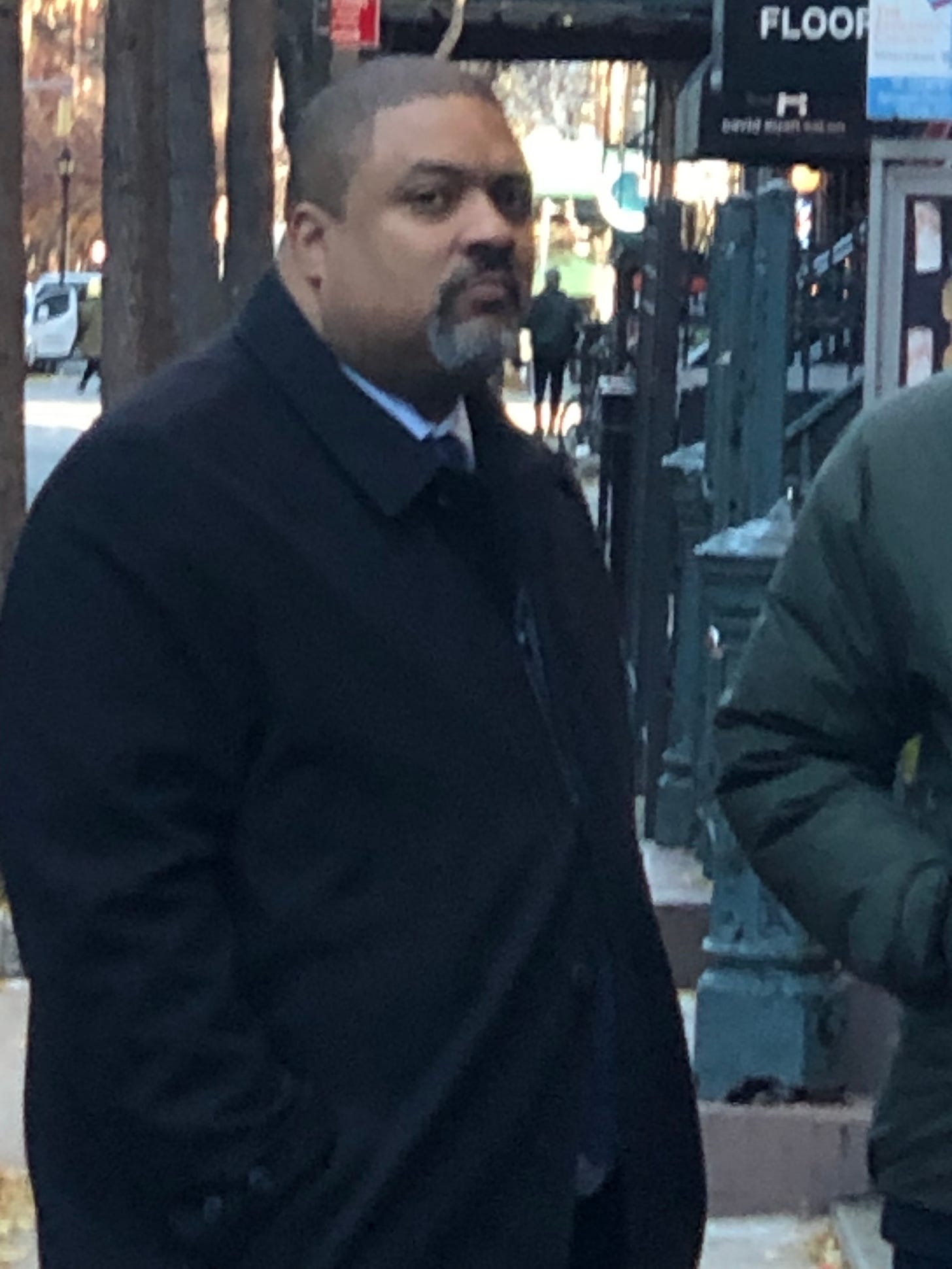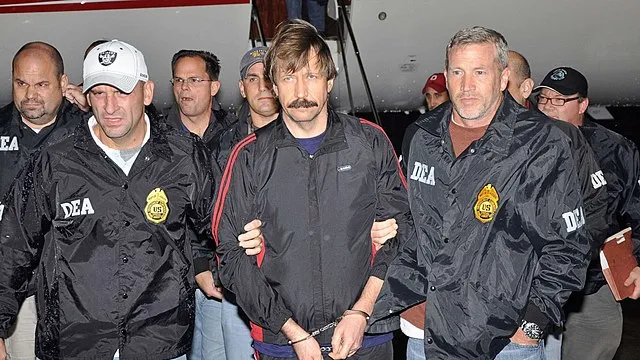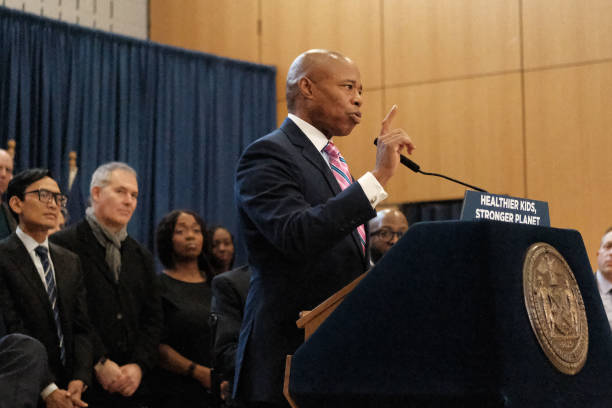A Ghostbuster, Chasing the Ghost of a Case
The Case Premise
As of this writing, Alvin Bragg’s office has charged Donald Trump with 34 counts of Falsifying Business Records — all felony-level.

(The Ghostbuster himself, spotted on the street in NYC recently)
Now, the indictment can only survive if the charges are felonies, because the misdemeanor version of that charge has a statute of limitations of two years. We are clearly past that.
The felony version of that charge has a statute of limitations of five years.
So: to get to the felony version of Falsifying Business Records — and to the five years he needs — Bragg has to show that the false business records were made with the intent to commit or conceal another crime.
What Bragg Has Done
Bragg got the indictment on 34 felony counts, and presented the written Indictment document in court during the arraignment. He also submitted a Statement of Facts that gives a loose accounting of actions that his office feels supports the Indictment.
There are problems, however.
Problem 1: The Lack of Specificity in the Indictment
Under New York Criminal Procedure Law 200.50, an indictment must contain
A plain and concise factual statement in each count which… (a) asserts facts supporting every element of the offense charged… with sufficient precision to clearly apprise the defendant or defendants of the conduct which is the subject of the accusation.
In other words: Each charge has to be sufficiently spelled out so that the accused knows exactly what he is accused of.
The misdemeanor aspect of the charges meets this threshold. But to get the felony, under this standard, Donald Trump needs to be apprised — in the Indictment itself — what other crime he “intended to commit or conceal.”
This second crime is not here, but instead hovers ghostlike in the Statement of Facts. There are possibilities for it vaguely alluded to there, as in Bragg’s (hurried and defensive) press conference.
But that is not specific enough — and it is not in the Indictment itself.
Now, under NYS caselaw, a follow-on document called a “Bill of Particulars” could supply the missing ingredients.
But so far — and as a demonstration of the apparent contempt Bragg’s office has for the defendant and the public — none of that was included in the actual Indictment.
As his office surely knew at least half the country would be asking this question, one has to wonder what exactly the plan is here.
Problem 2: Prosecuting This “Ghost Crime”
There appear to be three possibilities for this elusive secondary crime that bumped the misdemeanor to a felony: (a) A Federal Election Law violation; (b) A NYS Election Law violation; and (c) a tax crime.
(a) Federal Election Law: Put simply, Bragg has no jurisdiction over a federal campaign law violation. He’s a state prosecutor. Should he attempt to invoke this, this becomes the case’s most likely point-of-failure on appeal.
Secondly, as Andrew McCarthy has pointed out, if this construction were allowed — that is, that any “crime” could serve as the “cover up” crime for the felony charge — then what is the limiting principle? If U.S. federal law is allowed, how about another nation’s laws? Tribal law? Sharia law?
Clearly, the legislative intent of the felony Falsification of Business Records statute was for it to cover New York State laws. Otherwise, the possibilities become limitless and ludicrous.
Lastly, as former FEC Chairman Brad Smith pointed out in the WSJ, the facts here don’t qualify as a federal campaign finance violation, because “the underlying obligation wasn’t created by the act of campaigning.” (In other words: sleeping with Stormy Daniels wasn’t part of the campaign).
That’s the federal rule. Essentially, Trump — like so many others! — is allowed to clean up his past for the purposes of running a campaign.
Bragg believes he knows this law better than the former head of the FEC?
(b) NYS Election Law: Trump wasn’t running in a NYS Election, so there is the question of whether these laws would even apply. But accepting that they do: Then why didn’t Bragg charge this? This is within his purview, and it would’ve cleared all this up.
(c) NYS Tax Violations: Again, Bragg could’ve charged this, but didn’t. Why?
It seems no accident that as soon as the questions during Bragg’s presser veered in this direction, he skedaddled.
Problem 3: The Statute of Limitations Still Doesn’t Work
Even if we accept Alvin Bragg’s theory of the case, there is a clear timeline issue with most of the charges.
Trump was indicted on March 30, 2023. The statute of limitations on the felonies, as noted above, is five years. That takes us back to March 30, 2018.
During the height of Covid, Gov. Andrew Cuomo “tolled” (stopped from running) the statutes of limitations on all NYS charges, because the courts were closed. That abeyance was in effect from March 20, 2020 to Nov. 3, 2020 — roughly seven-and-a-half months.
That addition takes us back to approximately mid-August, 2017 (give or take a day or two, which won’t matter here).
Which means: Even under Bragg’s current theory of the case, the first 22 counts in the Indictment don’t make the cut. It isn’t until count 23 — with a date of September 11, 2017 — that we are within the SOL.
There are strategems likely forthcoming from Bragg to attempt to get around this — i.e, that Trump concealed his activities (thus tolling the SOL), that he was part of a continuing conspiracy (something that’s yet to be charged), etc.
But how such a filing, as it currently stands, is expected to survive is yet another of the case’s mysteries.
In a general sense, Bragg seems to be leaving himself as much wiggle-room as possible — and distorting our system to its limits as he goes.
Problem 4: The Leak
As I noted in my previous substack, and here on foxnews.com, CNN’s reporting of the 34 counts almost a week before the Indictment was unsealed is a black-letter violation of New York Penal Code § 215.70: “Unlawful Grand Jury Disclosure.”
The culpability there inures to the leaker — not CNN or its reporter. Somebody leaked the details of that indictment at a time when Bragg’s investigation was being assailed on all sides. It was almost certainly an attempt to change the narrative — and to besmirch the accused.
Ironically, that is an “E” felony — the same as the current (highly redundant) charges against Donald Trump.
But it’s a felony better-demonstrated by current facts.
Thanks for reading The Ops Desk!









